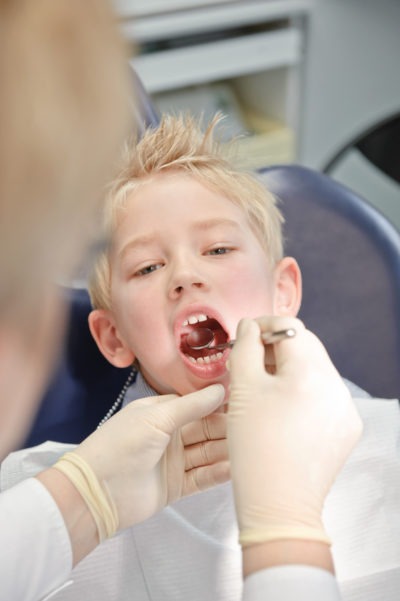
A malocclusion is a misalignment or incorrect relation between the teeth of the two dental arches when they approach each other as the jaws close.
This can negatively affect your smile, your confidence and even your overall dental health. Malocclusion of the teeth is a misalignment problem that can lead to serious oral health complications. It’s also known as:
- Crowded Teeth
- Crossbite
- Overbite
- Underbite
- Open Bite
The teeth won’t be able to perform vital functions if they’re misaligned. This may be treated by a competent Orthodontist, who can help you to protect your overall oral and digestive health.
Features
Occlusion is a term that is used to refer to the alignment of your teeth. Ideally, your teeth should fit easily within your mouth without any crowding or spacing issues. Also, none of your teeth should be rotated or twisted. The teeth of your upper jaw should slightly overlap the teeth of your lower jaw so that the pointed ridges of your molars fit into the groves of the opposite molar.
Deviations from ideal occlusion are known as malocclusion. The type of deviation varies, but any type of misalignment can cause issues. Alignment of upper teeth is needed to prevent the cheeks and lips from being bitten, while alignment of lower teeth is needed to protect the tongue from being bitten. I offer my patients and readers more information about malocclusion in my book, “A Healthy, Happy Smile: Eight Reasons to Straighten Your Teeth.”
Download your free E-Book Today here – It’s a great resource to get started on your journey to a beautiful and healthy smile!
The symptoms of Malocclusion are as follows:
- Tooth decay: misaligned teeth will make it more difficult to maintain oral hygiene. Children with poor oral hygiene and diet will be at an increased risk.
- Periodontal disease: irregular teeth would hinder the ability to clean teeth meaning poor plaque control. Additionally, if teeth are crowded, some may be more buccally or lingually placed, there will be reduced bone and periodontal support. Furthermore, in Class III malocclusions, mandibular anterior teeth are pushed labially which contributes to gingival recession and weakens periodontal support.
- Trauma to anterior teeth: Those with an increased overjet are at an increased risk of trauma. A systematic review found that an overjet of greater than 3mm will double the risk of trauma.
- Ability to chew: people with anterior open bites, large increased & reverse overjet and hypodontia will find it more difficult to chew food.
- Speech impairment: a lisp is when the incisors cannot make contact, orthodontics can treat this. However, other forms of misaligned teeth will have little impact on speech and orthodontic treatment has little effect on fixing any problems.
- Tooth impaction: these can cause resorption of adjacent teeth and other pathologies for example a dentigerous cyst formation.
- Overall wellbeing: malocclusions of teeth with perceived poor aesthetics can have a significant effect on self-esteem. This is subjective in nature and will vary widely, being subject to cultural influences.
How is Malocclusion Treated?
Most malocclusions, in children and adults, can be treated with Invisalign. Early treatment in childhood will reduce the duration of treatment, and also make it less expensive over time, by avoiding surgery or extractions. At the time of consultation, various options will be presented based on the type of malocclusion.
Adults can get remarkable results. However, treatment for adults will generally take longer and will be more expensive. The earlier you treat malocclusion, the better the outcome!
Call or Text to set schedule a virtual or in person appointment today (650) 342-4171